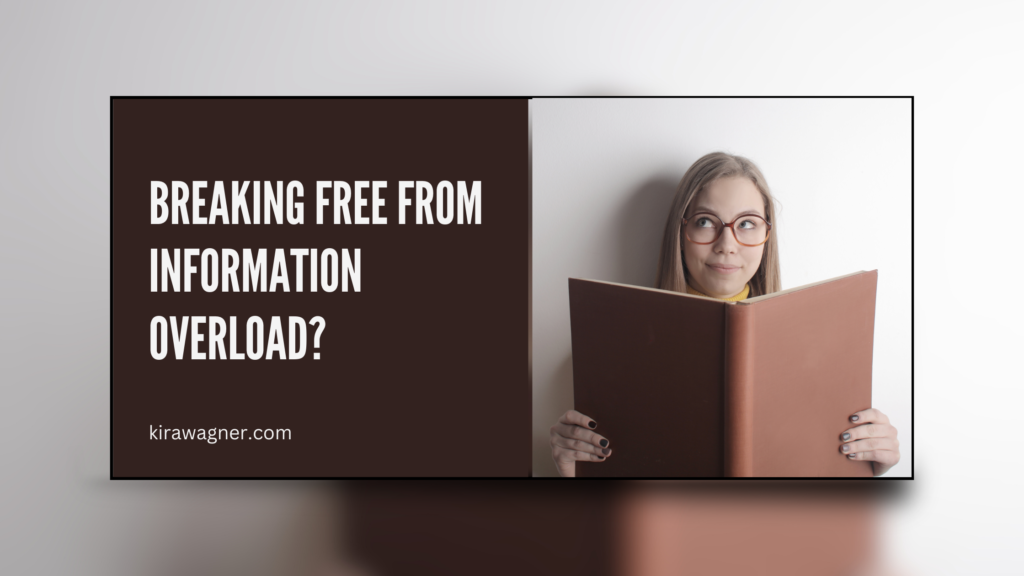Breaking Free from Information Overload: Understanding the Toll on Your Mind and Body
We are often our own worst enemies, unintentionally sabotaging our ability to focus and complete the things that matter most. In a world full of distractions, we find ourselves scrolling through social media or mindlessly watching TV, even when we know we should be doing something more productive. This self-sabotage is not just a result of bad habits; it’s driven by the overwhelming flood of information constantly being pushed at us.
In today’s hyper-connected world, we are like sponges, eagerly soaking up information from every corner of our lives. Look around—how many screens do you see? At home, at work, and even in leisure time, we are bombarded by a constant stream of visual and auditory input. Our senses are overloaded, and our minds struggle to keep up.
The Strain on Our Minds
The conscious mind, which is responsible for processing sensory input, is simply not designed to handle the vast amounts of information we encounter daily. While the subconscious mind can process much of what we experience effortlessly, the conscious mind is limited and easily overwhelmed. Our senses of sight, sound, taste, touch, and smell are all competing for attention, and the sheer volume of information can lead to mental overload.
The Dangers of Information Overload
When information overload strikes, the effects can be profound and wide-ranging. It’s not just about feeling a little stressed or distracted—chronic overload can lead to serious mental and physical health issues. Here are just a few of the symptoms:
• Increased stress and anxiety
• Difficulty concentrating
• Irritability and frustration
• Panic attacks
• Emotional outbursts
• Impaired decision-making
• Restlessness and fatigue
• Social withdrawal
• Mental burnout
• Insomnia
• Physical discomfort (headaches, nausea, muscle tension, dizziness, etc.)
These symptoms are not to be taken lightly. They represent the toll that information overload can take on both our mental and physical health. And while we may be the ones choosing to engage with these distractions, the modern world is also complicit, constantly bombarding us with sensory input.
What Is Information Overload?
At its core, information overload happens when your brain receives more information than it can process. Our senses work constantly, gathering data from the world around us—whether we’re aware of it or not. However, in today’s world, the flood of information coming through our screens, speakers, and other devices often exceeds the brain’s ability to make sense of it all. As a result, we experience a kind of mental gridlock, where our conscious mind becomes overwhelmed trying to decide what to focus on or discard.
While overload can occur through any of the senses, it is particularly acute in today’s digital age, where screens and audio devices are never far away. This is why limiting exposure to technology—whether by reducing screen time or creating sensory breaks—is a crucial first step toward avoiding the damaging effects of information overload.
How to Combat Information Overload
To regain control over our minds, we need to intentionally minimize the amount of information we’re taking in. This can mean turning off notifications, taking regular digital detoxes, or simply setting aside time for activities that allow our minds to rest and reset. In a world that never stops feeding us information, learning how to hit “pause” is vital for maintaining both mental clarity and physical well-being.
Information overload is real—and it’s taking a heavy toll on our minds and bodies. By understanding its dangers and taking steps to manage the sensory input we allow into our lives, we can start to reclaim our peace of mind and return to a more focused, balanced state of being.

